This year’s British Pavilion at the Venice Biennale is a riposte to mainstream architectural practice, and a call to embrace more diverse ways of thinking, writes Ben Flatman
As I have sadly been unable to visit the Venice Biennale, I am interviewing some of the creative team behind this year’s British Pavilion remotely from the UK. Jayden Ali, curator and architect, and two of the other contributors, Madhav Kidao and Yussef Agbo-Ola, are talking to me from a sunlit room in Venice, where their installations form part of the British exhibition.
Together, they convey a strong conviction and shared sense of purpose for their work, which has taken Lesley Lokko’s wider theme of “The Laboratory of the Future” – with its focus on Africa and the African-diaspora – and used it as a launch pad to delve into the UK’s diverse cultures and often conflicted relationship with its own complex history.
Ali and his fellow curators – Joseph Henry, Meneesha Kellay, and Sumitra Upham – have given the British Pavilion’s exhibition the title: Dancing Before the Moon. It is a reference to James Baldwin: “… some people wish to colonise the moon, and others dance before it as before an ancient friend.”
The title evokes the different ways in which we can choose to approach the world (and our built environment) – as something to be conquered, or approached with respect and humility. It has induced a meditative, anthropological, and almost spiritual response from several of the contributors.
There is also a clear riposte to conventional architectural practice running through the pavilion, with several of the works critiquing the almost nihilistic materialism of so much contemporary architecture.
Underlying many of the works, there seems to be a yearning for a more nuanced and expansive approach to the built environment. Perhaps for one that would allow space for greater difference and the possibility of encompassing older, latent inheritances from ritual practices and collective memories.
Agbo-Ola describes the focus of his practice as being “temporal temples and shrines”, and his Muluku: 6 Bone Temple, mixes themes of species extinction and echoes of traditional Yoruba and Cherokee culture. Its tented structures are intended as a space for “worshipping non-human life and extinct species”.
With its cotton and pineapple-fibre elements, it is a wistful and delicate call to look at the destruction being wrought on the planet’s biodiversity, and the parallel loss of human cultures that once both treasured and were sustained by these disappearing ecosystems.
There are echoes here of animist traditions and ancestor worship – deep-rooted practices and beliefs that connect to so many historical human cultures. It is perhaps a more powerful rallying cry for a new, more holistic approach to the way that we see the built environment than any number of earnest calls for sustainability.
This yearning for a broader scope for architecture – perhaps encompassing spirituality – is also reflected in Kidao’s sand-cast aluminium work. Titled Bardo, which in Tibetan Buddhism refers to the liminal state between death and rebirth, it is cast from the melted-down elements of one of Kidao’s previous installations at the V&A (called Between Forests and Skies). He describes this new work as an exploration of themes around the “rituals of death”.
Kidao’s deliberate decision to recycle a previous installation speaks of a need to highlight the importance of carefully sourcing materials. “We need to be conscious of where our materials come from,” he says.
Between Forests and Skies was a precision-cut structure, very different in form and concept to Bardo. The reincarnated work has been hand-cast and resulted from multiple pours of molten aluminium. The end result is the product of an iterative process and a “celebration of impermanence”, says Kidao.
Ali’s own contribution sits outside the pavilion, beneath the portico of the main entrance. Thunder and Şimşek consists of two steel vessels, representing aspects of Ali’s own mixed Cypriot and Trinidadian heritage.
Superficially similar, one contains a surface treatment similar to that of Trinidad’s steel drums, and can be played as an instrument by visitors to the pavilion. The other vessel refers to the improvised steel barbecue pan that his Cypriot family created in their back garden in London.
Thunder and Şimşek, says Ali, is a conversation “about island nations” subjected to British colonial rule, and whose people have “come together within the context of Britain”. It is also one of the more overtly architectural installations, suspended from a structure that Ali designed in close collaboration with AKTII.
It also invites contemplation of the immigrant experience, including the elements of loss, inheritance, culture and tradition that are often the inescapable consequence of relocation and generational dislocation.
When I note that this is arguably an architectural pavilion that leans heavily into the fine-art “objects in space” tradition, Ali is keen to emphasise the way in which “all these works are in dialogue with the building”. And yet it is hard to avoid the rather introspective and wistful undercurrents that seem to pervade much of the work.
There is also a recurring interest in craft and how things are made. Here are a series of beautiful and predominantly hand-crafted exhibits, which again perhaps invite us to consider connections to the past, and a sense of what has been lost.
Most contemporary western architecture swings between the secular polarities of welfarism and corporate capitalism, rarely allowing for the influence of the spiritual or ritualistic aspects of human culture, or any overt connection to the past – things that have defined so much of our architectural history.

One of the artist’s, Sandra Poulson, has produced a landscape of architectural fragments that references Angola’s colonial past and the place of cleansing rituals in the built environent. In the exhibiton notes, she references Stuart Hall: “Detours through the past are necessary to make ourselves anew.”
There are some fascinating questions raised around the nature of contemporary artistic and architectural practice by this year’s pavilion. Yearnings for a connection with the past, an embrace of craft, and a call to broaden architectural perspectives are all evident.
This exhibition asks whether perhaps architects and the people who occupy their buildings should aspire to something more – and seems to pose the question of whether, in doing so, they might also find new/old tools to address some of our greater challenges.
“Architecture would be much richer as a discipline if it was more open to all the diversity and richness of life,” says Ali.
What that form of practice should be in an increasingly secular and hyper-mobile society is hard to define. But that this exhibition and its contributors have sought to ask the question is valuable and provocative.
Postscript
Dancing Before the Moon is presented by the British Council at the 18th International Architecture Exhibition of La Biennale di Venezia 2023, running from 20 May to 26 November 2023.



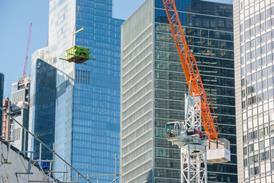

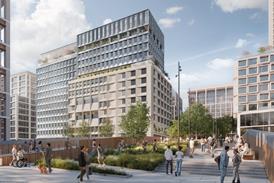





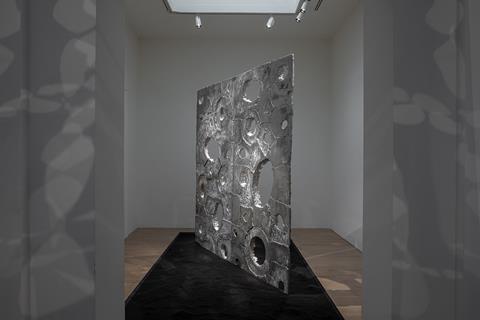
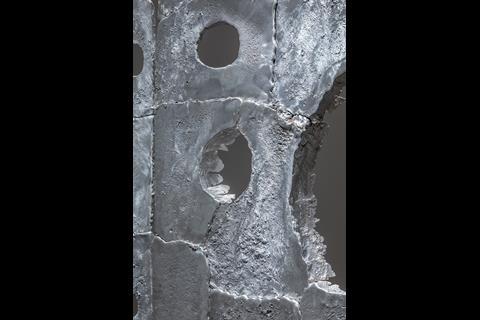
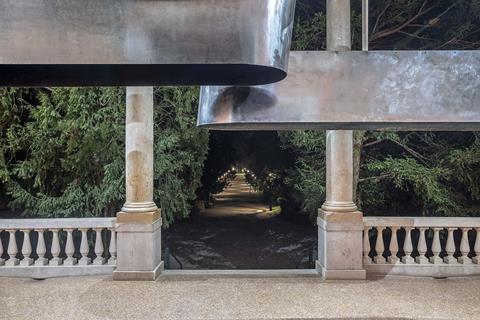
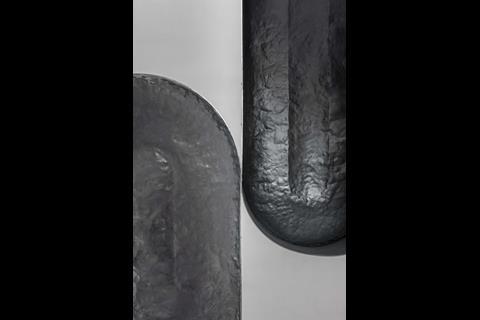
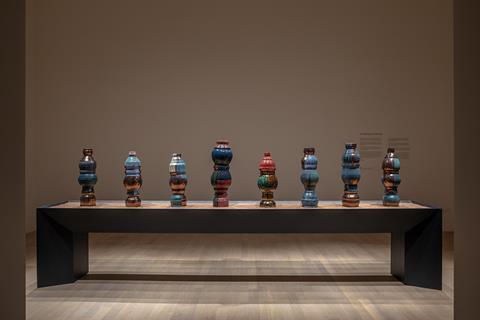

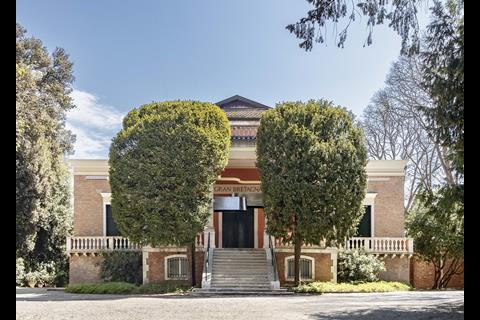







No comments yet